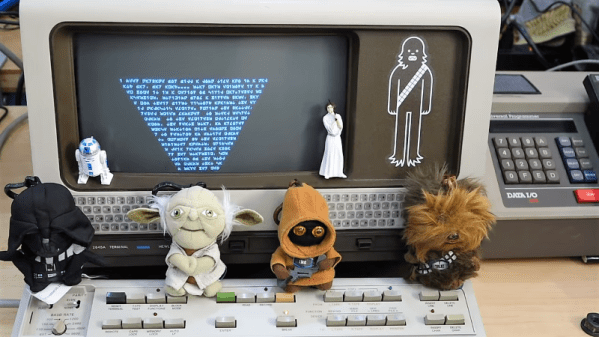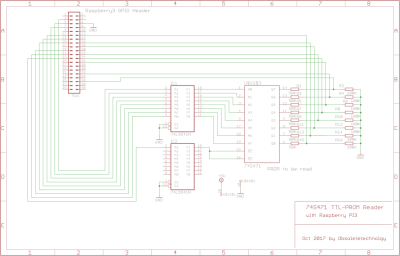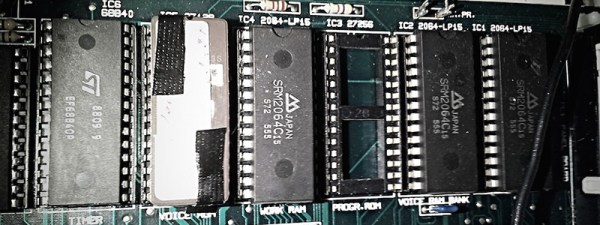Is the hacking community facing a HOPEless future? It may well be, if this report from 2600 Magazine is any indication. The biennial “Hackers On Planet Earth” conference is in serious financial jeopardy after the venue that’s hosted it for years, the Hotel Pennsylvania in Manhattan, announced a three-fold increase in price. Organizers are scrambling to save the conference and they’re asking for the community’s help in brainstorming solutions. Hackaday was at HOPE XI in 2016 and HOPE XII in 2018; let’s HOPE we get to see everyone again in 2020.
If you’ve ever been curious about how a 1970s PROM chip worked, Ken Shirriff has you covered. Or uncovered, as he popped the top off a ceramic MMI 5300 DIP to look at the die within. Closeups of the somewhat cockeyed die reveal its secrets – 1,024 tiny fusible links. Programming was a matter of overloading a particular fuse, turning a 1 into a 0 permanently. It’s a fascinating look at how it used to be done, with Ken’s usual attention to detail in the documentation department.
We had a great Hack Chat this week with Mihir Shah from Royal Circuits. Royal is one of the few quick-turn PCB fabs in the USA, and they specialize in lightning-fast turnaround on bare PCBs and assembled boards. He told us all about this fascinating business, and dropped a link to a side project of his. Called DebuggAR, it’s an augmented reality app that runs on a smartphone and overlays component locations, signal traces, pinouts, and more right over a live image of your board. He’s got a beta going now for iPhone users and would love feedback, so check it out.
With all the cool things you can do with LoRa radios, it’s no wonder that wireless hobbyists have taken to pushing the limits on what the technology can do. The world record distance for a LoRa link was an astonishing 702 km (436 miles). That stood for two years until it was topped, twice in the same day. On July 13th, the record was pushed to 741 km, and a mere five hours later to 766 km. All on a scant 25 mW of power.
Linux distro Manjaro made an unconventional choice regarding which office suite to include, and it’s making some users unhappy. It appears that they’ve dumped LibreOffice from the base install, opting instead to include the closed-source FreeOffice. Worse, FreeOffice doesn’t have support for saving .doc and OpenDocument files; potentially leaving LibreOffice users stranded. Paying for an upgrade to SoftMaker’s Office product can fix that, but that’s hardly free-as-in-beer free. It’s kind of like saying the beer is free, but the mug is an upgrade. UPDATE: It looks like the Manjaro team heard all the feedback and are working on a selector so you can install the office suite of your choice.
Tragic news out of New Hampshire, as amateur radio operator Joe Areyzaga (K1JGA) was killed while trying to dismantle an antenna tower. Local news has coverage with no substantial details, however the hams over on r/amateurradio seem to have the inside line on the cause. It appears the legs of the tower had filled with water over the years, rusting them from the inside out. The tower likely appeared solid to Joe and his friend Mike Rancourt (K1EEE) as they started to climb, but the tower buckled at the weak point and collapsed. K1EEE remains in critical condition after the 40′ (12 m) fall, but K1JGA is now a silent key. The tragedy serves as a reminder to everyone who works on towers to take nothing for granted before starting to climb.
And finally, just for fun, feast your eyes on this movie of the ESA’s Rosetta spacecraft as is makes its flyby of comet 67P/Churyumov–Gerasimenko. It’s stitched together from thousands of images and really makes 67P look like a place, not just a streak of light in the night sky.


















